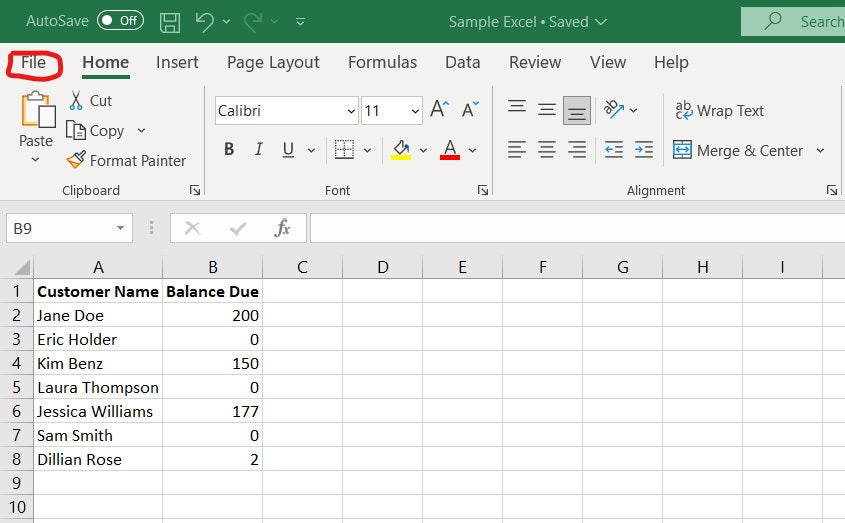Intermittent Leave FMLA Paperwork: Simple Guide

Understanding FMLA and Intermittent Leave

When you need to take leave from work due to medical reasons, understanding the Family and Medical Leave Act (FMLA) is crucial. FMLA provides eligible employees with up to 12 weeks of job-protected leave per year for qualified medical and family events. A less-known aspect, yet extremely useful, is intermittent leave, which allows you to take leave in separate blocks of time or by reducing your work schedule.
⚠️ Note: Not all employees qualify for FMLA. Check your eligibility based on your employer's size, your tenure at the company, and the number of hours worked.
When to Apply for Intermittent FMLA Leave

Intermittent leave under FMLA is typically applied for when:
- Your medical condition requires ongoing treatment, like dialysis or chemotherapy.
- You need periodic time off to care for a family member undergoing serious health treatments.
- You're experiencing a situation where leave might not be continuous but is necessary for your or your family member's health.
The Paperwork Process: Step by Step

Applying for intermittent leave under FMLA can seem daunting, but with the right steps, it’s manageable:
1. Consult HR or Your Supervisor

Before you dive into paperwork, talk to your HR department or your supervisor. They can provide specific information about how intermittent leave is handled at your workplace.
2. Medical Certification

To qualify for FMLA, you'll need medical certification:
- Request WH-380E form from your employer. This is the Employer Response to Employee Request for Family and Medical Leave.
- Get this form completed by your healthcare provider. It should detail the medical necessity for intermittent leave, including the expected frequency and duration.
- Submit the completed form to your HR department or the designated point of contact.
📝 Note: The healthcare provider will need to include how the intermittent leave impacts your ability to perform essential job functions. Ensure they understand the requirements of the form.
3. Fill Out FMLA Application Forms

Along with the medical certification:
- DOL Form WH-380 - Employee's Serious Health Condition
- DOL Form WH-381 - Certification of Health Care Provider for Family Member's Serious Health Condition if applicable
- Any additional forms your employer might use
4. Review and Approval

After submission:
- Your employer will review your application.
- If there's a need for clarification, you might receive a request for more information.
- Your employer will decide whether to approve or deny your request based on FMLA criteria.
🔍 Note: Your employer can contact your healthcare provider for authentication or clarification on the certification, but they must not seek additional information.
5. Managing Intermittent Leave

Once approved:
- Create a Leave Schedule: Work with your employer to schedule your intermittent leave in a way that minimizes disruption to work.
- Track Your Leave: Keep a record of how much leave you've taken, as it counts against your 12-week entitlement.
- Communicate: Keep open lines of communication with your HR or supervisor regarding your leave status.
Important Considerations
Here are some considerations to keep in mind:
- Job Protection: Your job is protected under FMLA during intermittent leave, but ensure you follow your employer's notification policies.
- Paid vs. Unpaid: FMLA allows for intermittent leave, but it does not guarantee it will be paid. Some employers have policies or require you to use accrued paid leave first.
- Coordination with Other Leave: Your employer might require you to coordinate FMLA with other leave policies.
Recap of key points:
- Eligibility: FMLA eligibility depends on company size, your tenure, and hours worked.
- Documentation: Accurate medical certification is vital.
- Communication: Maintain open communication with your employer.
- Scheduling: Work with your employer to schedule leave efficiently.
- Tracking: Keep track of your FMLA usage.
In closing, navigating intermittent FMLA leave can be an overwhelming process, but by understanding the necessary steps and communicating effectively with your employer, you can manage your leave with confidence. Intermittent leave provides the flexibility to address health needs while preserving your employment stability, which is invaluable for those needing periodic time away from work.
What are the requirements for FMLA eligibility?

+
Eligibility for FMLA depends on several factors: your employer must have 50 or more employees within 75 miles of the worksite, you must have worked for the employer for at least 12 months, you must have at least 1,250 hours of service during the previous 12-month period, and there must be a qualifying event (such as a serious health condition or care for a family member).
Can I get paid while on FMLA intermittent leave?
+
FMLA itself doesn’t guarantee pay. You might be able to use paid sick or vacation leave concurrently with your FMLA leave, depending on your company’s policy. Some employers require you to use your accrued leave first. Check with your HR department for details.
How often can I take FMLA intermittent leave?

+
There is no specific limit on how often you can take intermittent FMLA leave, but the total time cannot exceed 12 weeks in a 12-month period. The leave must be medically necessary for your or your family member’s health condition.



